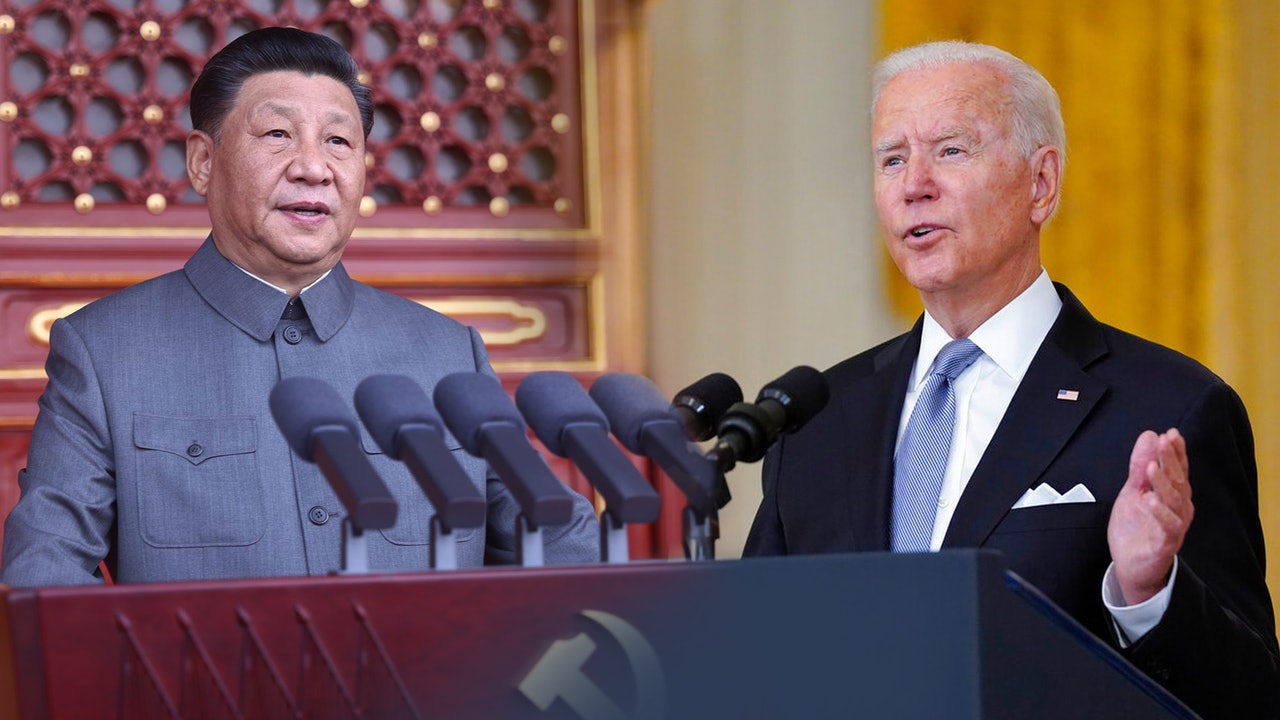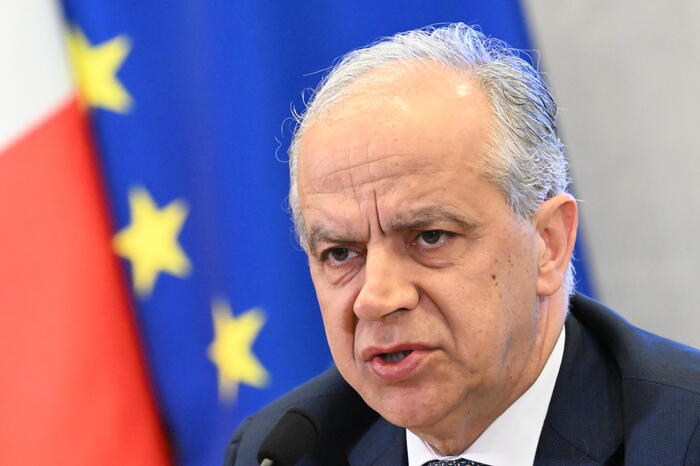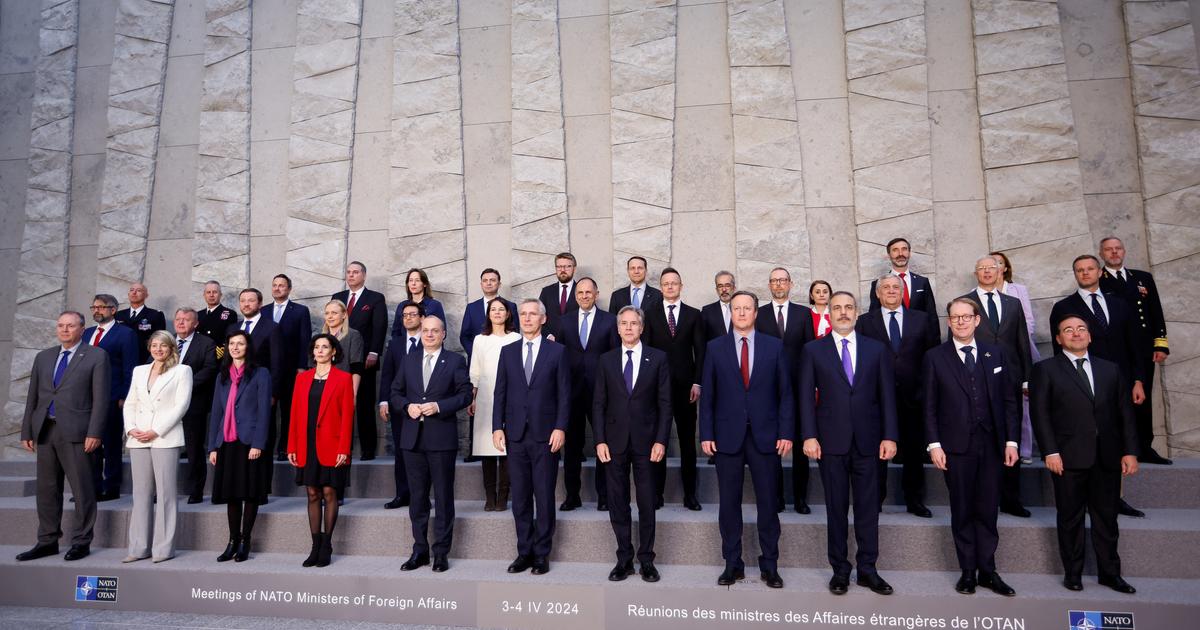The Non-Aligned Movement is a product of the Cold War.
In the early post-war period, there was a confrontation between military groups led by the United States and the Soviet Union.
Some small and medium-sized countries, especially the newly independent countries, cherish the hard-won independence situation very much. They have provided the era background for the Non-Aligned Movement to get rid of the control of big powers and pursue the foreign policy of independence, peace, neutrality and non-alignment.
On September 1, 1961, 25 non-aligned countries held their first formal meeting in Belgrade and adopted a declaration. The participating countries unanimously demanded the immediate, unconditional, complete and final abolition of colonialism, and agreed to pursue the purpose of peace, neutrality and non-alignment. , supports the countries struggling to win and maintain national independence, demands the removal of military bases located on the territory of other countries, and advocates peaceful coexistence instead of the policy of dividing the world into blocs and the Cold War.
After the end of the Cold War, the "Non-Aligned Movement" has not stopped its activities. So far, the Non-Aligned Movement has absorbed 118 member states and 15 observer states. The African Union, the League of Arab States and the United Nations are observer organizations. became an observer country.
However, the collapse of the Cold War has made the organization lose its political orientation and its influence has dropped significantly. In recent years, the organization's concerns have become more and more focused on the field of economics and development, and its demands in the political field are more focused on the construction of an international order in the era of multi-polarization.
However, with the rise of China and the formation of a quasi-alliance relationship between China and Russia, the United States continues to suppress China and Russia in order to maintain its hegemonic position and promote the "decoupling" of its alliance system from China and Russia. The new Cold War has already taken shape.
In particular, the outbreak of the Ukrainian war further deteriorated the relationship between the United States and Russia, breaking the relationship between European society and Russia, which originally existed as an intermediate force between the United States and Russia. The Biden administration also took the opportunity to launch the "Indo-Pacific Economic Framework" (IPEF) to try to expand The "two-line layout" in East Asia is simultaneously responding to challenges from China and Russia, and the international political and geopolitical pattern has a tendency to accelerate towards the formation of a new Cold War.
Under this trend of political polarization, many countries that are unwilling to take sides between China and the United States or the United States and Russia have begun to have the subtle mentality of the "Non-Aligned Countries Movement" during the Cold War era.
For example, on March 2, 35 countries, including China and India, abstained in the UN General Assembly resolution calling for Russia to withdraw its troops from Ukraine.
On April 7, the United Nations voted to suspend Russia's membership of the Human Rights Council, and 58 countries including India, Brazil, South Africa, Singapore, Thailand, and Indonesia also abstained from voting.
It is rare after the end of the Cold War that so many countries abstain from voting in a state of polar opposites on a major international issue.
A more obvious case is ASEAN countries' efforts to remain neutral to the United States as it tries to woo the group against China.
From May 12 to 13, Biden invited the leaders of the ten ASEAN countries to Washington to hold the "U.S.-ASEAN Special Summit". Vice President Harris proposed a series of measures against China, but the ASEAN countries did not respond to this, and the joint That's why the vision statement fails to target China.
On the contrary, as the rotating chair of ASEAN, Cambodian Prime Minister Hun Sen made his position clear when he got off the plane: "I hope to be friends with the United States, but I will not choose sides between China and the United States."
In an interview with the media, Singapore Prime Minister Lee Hsien Loong reiterated his emphasis on the relationship between the United States and ASEAN, saying that the summit "shows that the United States cherishes its partnership with ASEAN and Southeast Asia, and expects to have more cooperation with us." Strategy” has become the “Asia-Pacific Framework”, and at the same time, the extension of this strategy has been narrowed and concentrated in the field of trade and investment.
Lee Hsien Loong has repeatedly said over the past few years that Singapore will not take sides between China and the United States.
In addition, the media also noted that on May 24, the "Quad Summit" (Quad) composed of the United States, Japan, Australia and India held a meeting in Tokyo.
Biden denounced Russia and Putin in his speech before the closed-door meeting. The participating countries are also very clear about the purpose of Biden's visit to South Korea and Japan and the purpose of the multilateral organization led by the United States and Japan to suppress and contain China, but the joint statement issued after the meeting Neither Russia was mentioned nor China named.
Why does this happen?
Dan Negrea, a senior fellow at the Atlantic Council, a U.S. think-tank, believes that India's refusal to condemn Russia is largely responsible.
In an interview with US media, Dan Negria said, "India is one of the most obvious examples of countries that refuse to condemn this serious violation of the United Nations Charter, along with South Africa, Brazil and other important countries. A famous example of this, they are forming a group of countries that we call the 'New Non-Aligned Movement'."
However, there are also different views on this view that the "Non-Aligned" movement is returning.
Aparna Pande, director of the "Future India and South Asia Initiative" at the Hudson Institute in the United States, believes that using "non-aligned" to describe the current international situation is an inaccurate expression. The attitude shown is more of a disagreement and recognition on the basis of facts.
Aparna Pender believes that "if 'non-alignment' refers to agreement or disagreement based on different issues, or a differentiated combination based on issues, then it has come back. Because now we are facing the rise of China... ...and the Russian crisis." But "the United States is not asking today that you have to cut all ties with China, you can't trade and talk with China, you have to join the US security alliance...these countries are no longer poor and backward. , no longer have to choose one or the other, unlike in the Cold War where you had to join one security alliance or the other.”
Therefore, under the new Cold War situation, there is still no consensus on whether the "Non-Aligned Movement" will make a comeback in a different way, or whether it is just "a matter-of-fact disagreement and agreement".
But what is certain is that no matter how hard either side (China, the United States and Russia) is in the confrontation, whether it is coercion or inducement, in addition to the traditional alliance system of various countries, most countries today are unwilling to choose between China, the United States or the United States and Russia. sideline, which will certainly weaken the ability of the United States to integrate.
Notably, China and Russia have been calling for the strengthening of the Non-Aligned Movement in recent years.
In 2021, the 60th anniversary of the founding of the Non-Aligned Movement, Chinese Foreign Minister Wang Yi said in a speech that China "will continue to support the cause of the Non-Aligned Movement, strengthen cooperation with the Non-Aligned Movement, and jointly write a new chapter for developing countries to achieve unity and self-improvement. Make new contributions to the cause of world peace and development.”
On May 19 this year, when Wang Yi chaired the BRICS Foreign Ministers' Dialogue with Emerging Markets and Developing Countries, he also encouraged South-South cooperation through mechanisms such as the Group of 77, the Non-Aligned Movement, and the BRICS, and was wary of taking advantage of the conflict between Russia and Ukraine. Provoking group confrontation.
Russia's "Independence" also recently issued an article calling on Russia to quickly win the Russian-Ukrainian war, otherwise it will allow the West to put more pressure on the "non-aligned countries" and deteriorate their economic and financial conditions.
BRICS Foreign Ministers' Video Meeting Xi Jinping's Speech: Resist Cold War Mentality and Group Confrontation After Cold War Optimism Fizzled, Reflect on Prejudice with Reality








/cloudfront-eu-central-1.images.arcpublishing.com/prisa/DH2SXR3OWJG27DGCQVSC5AQDNE.png)
/cloudfront-eu-central-1.images.arcpublishing.com/prisa/E2EZVIKBGZFFDNOPKYHH3XGITI.jpg)